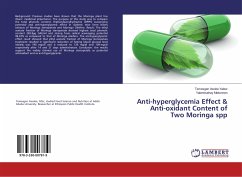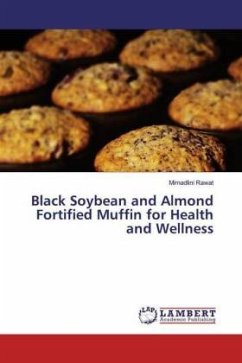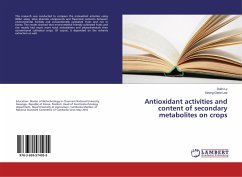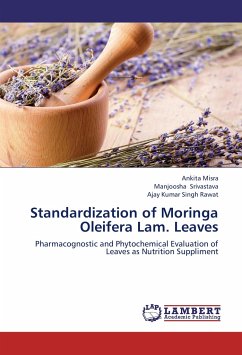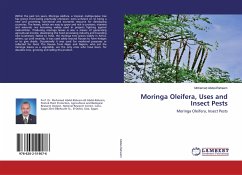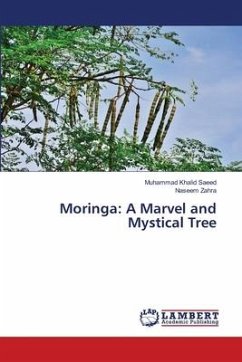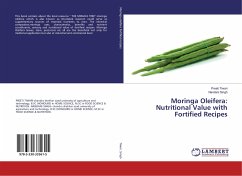Background: Previous studies have shown that the Moringa plant has divers' medicinal importance. The purpose of this study was to compare the total phenolic content, Diphenylpicrylhydrazine (DPPH) scavenging potential and anti-hyperglycemic effect in diabetic mice form leaves extracts of Moringa stenopetala and Moringa Oleifera. Result: The ethyl acetate fraction of Moringa stenopetala showed highest total phenolic content 283.8µg GAE/ml and strong frees radical scavenging potential 96.22% as compared to that of Moringa oleifera. The ant-hyperglycemic effect result showed that ethyl acetate fraction of Moringa stenopetala treatment resulted in significant reduction of fasting blood glucose level initially was 190 mg/dl and it reduced to 129 mg/dl and 109 mg/dl respectively after 14 and 21 days administration. Conclusion: the results support the widely claimed use of Moringa stenopetala as potential antioxidant and as anti-hyperglycemic.
Bitte wählen Sie Ihr Anliegen aus.
Rechnungen
Retourenschein anfordern
Bestellstatus
Storno

